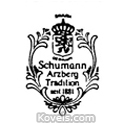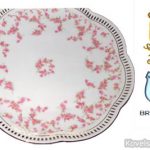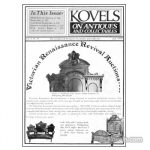Category
Shield

Pottery & Porcelain Marks – Shield: Marks that look like shields were used from the late 18th century to the present. Cylindrical shapes with a few horizontal lines inside were the earliest shield marks. Over time, the shield became more decorative. From 1774 to 1864, the Royal Vienna Porcelain factory used the Beehive Vienna Mark. A version of the Hapsburg family's u-shaped coat of arms, the mark was turned upside down and thus looked like a beehive. Shield marks, right side up, had a horizontal line at the top, and a curve at the bottom. Beehive marks, upside down, had the horizontal line on the bottom and curved at the top and looked like a beehive. Many firms used versions of the mark to trick the buyer. The original mark was hand-painted and was usually applied glaze under the glaze. Marks that appear to be printed or placed to resemble the beehive are often copies. Factories that used a version of the beehive mark include: Ackerman & Fritze (1908-present), Phillip Aigner (ca. 1900), Bourdois & Bloch (ca. 1900), Carl Knoll (1848-1945), Langewiesen Factory (1892-present), Edme Samson (1845-1905), and many anonymous potteries of the late 19th and 20th centuries. Another shield mark, used by both English and American companies in the late nineteenth century, combined a shield with a United States unicorn and an England lion. Banners Cartouches Crown & Circle or Oval Crown & Shield


